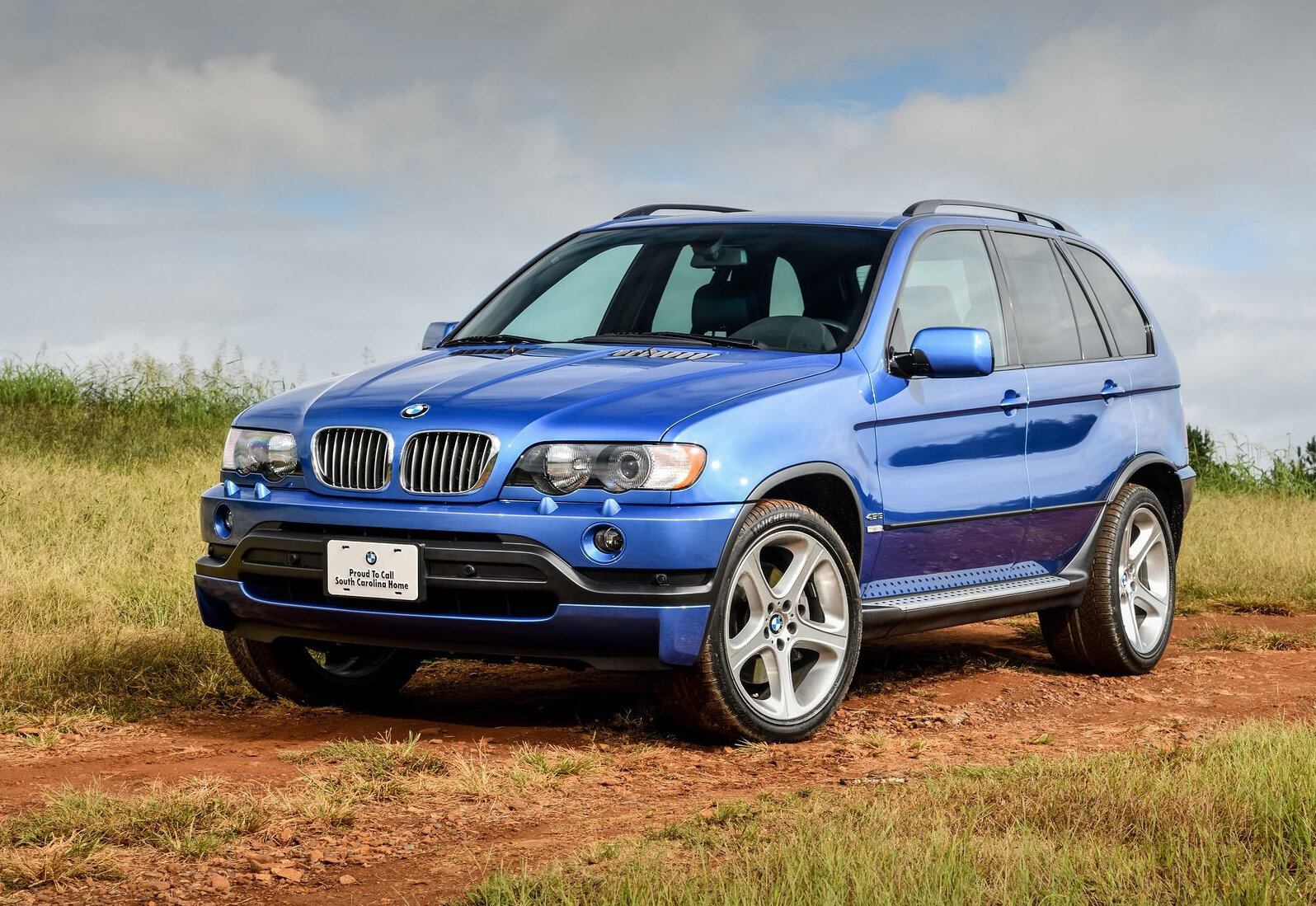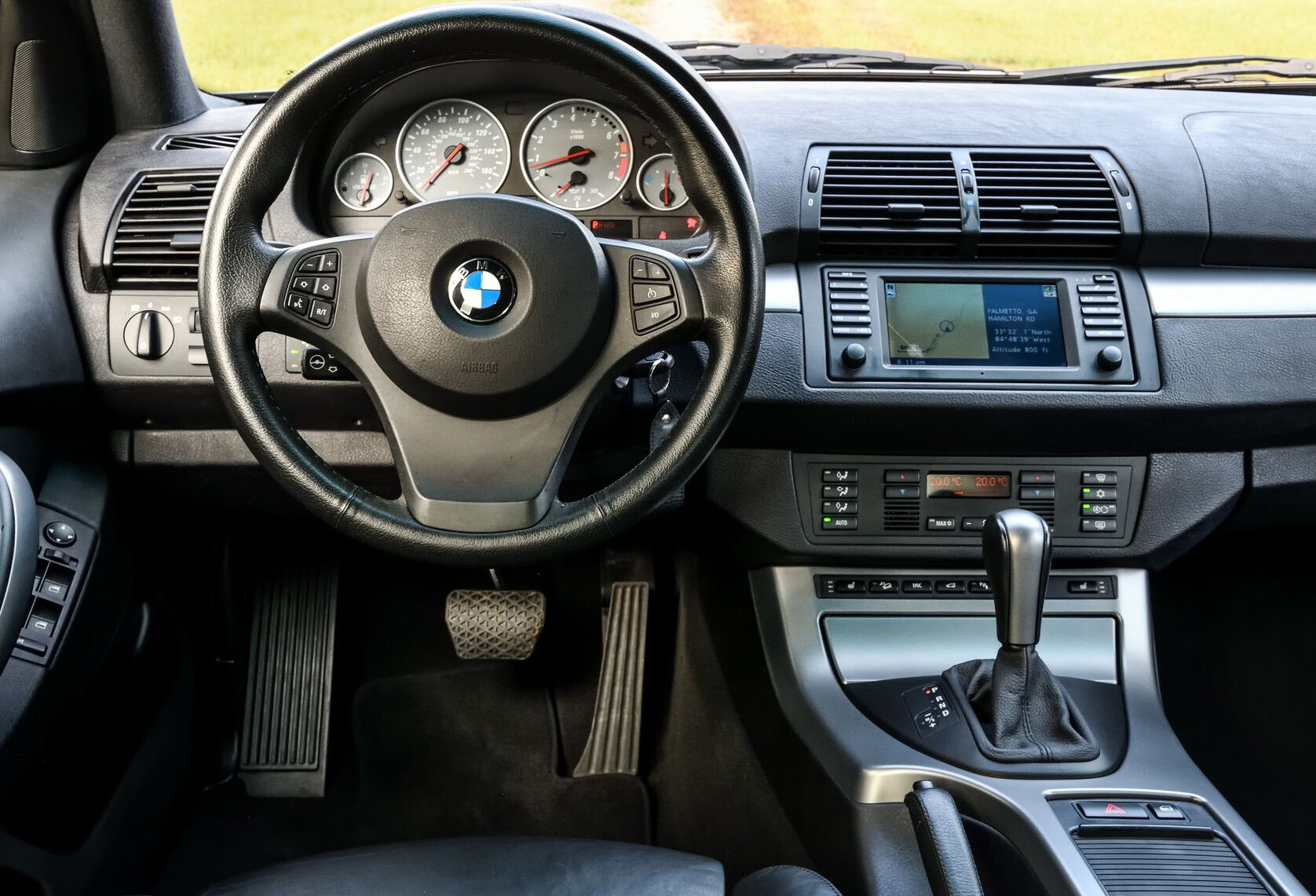Modern Classic: BMW X5
The BMW X5 was launched in 1999 and was called a sports activity vehicle (SAV). Photos: Supplied
We forget these days, when seemingly most vehicles are sold as “sports utility vehicles” (SUVs), that this trend started from somewhere.
And whilst Range Rovers, Mercedes G-Wagens and higher end Toyota Landcruisers have been around for a while, it was cars like the first-generation BMW X5 that really ushered in the luxury sports utility category. BMW even chose to call it a “sports activity vehicle” (SAV) to differentiate it within the SUV category.
The X5 first appeared on the scene in 1999 and was an instant hit for the Munich-based brand with customers switching from mainly the BMW 5 Series but also across from other luxury brands where they may have preferred a wagon, estate, or in Audi’s case Avant.
The BMW X5 had a 4.6 metre wheelbase.
The X5 was instantly recognisable as a BMW, however its high riding 4.6 metre wheelbase made it perfect for navigating city kerbs and school runs.
The X5 was conceived as early as 1994 after BMW had just acquired Land Rover. Eduoard Walek was appointed project leader and chief engineer. California-based Chris Chapman (no relation to me!) was appointed co-designer alongside Chris Bangle, in Munich.
Bangle would become known for his “flame-surfaces” which would soon come to define (somewhat rather unsuccessfully) a number of future BMW models including the Z4, 7 Series and 5 Series models of the early 2000’s.
The first-generation BMW X5 had a two-piece tailgate.
The X5’s design was frozen 36 months ahead of its release in 1999 and with BMW’s takeover of Land Rover, it shared many components of the L322 Range Rover which would be released several years later in 2002.
The X5 gained the two-piece tailgate and even novelties like hill descent control. BMW also raided the E39 5 Series parts bin to save costs, including the entire dashboard design. Unlike the Range Rover, despite the X5 being an all-wheel-drive, 62 percent of its engine power drove through the rear wheels.
The first-generation X5 was manufactured from BMW’s new Spartanburg plant in Greer, South Carolina and BMW de Mexico plant in Toluca, Mexico. As a result of orienting the “reason for being” of the X5 mainly for the American market, sales grew strongly there in addition to Europe. Still to this day the X5 sales continue to climb year on year in the US, as opposed to Europe where they have actually fallen since peaks in 2004 and 2008.
The BMW first-generation X5 came as a manual or automatic.
Engines for the X5 started with a beautiful straight six 3-litre petrol putting out 170kW. A 4.4-litre V8 was good for 210kW and this was upgraded to 235kW in 2004. A sportier 4.6-litre V8 put out 255kW and this rose to 265kW with a new V8 engine in 2004. A lesser powered 3-litre diesel started in 1999 with 135kW and rose to 165kW from 2004.
Transmissions ran via either five- or six-speed manuals, depending on the model, and also five- or six-speed automatics.
A major facelift ensued in 2004 saw new headlights, exterior colours, an upgraded four-wheel-drive system that could send 100 percent of engine power to the rear wheels and the engine changes mentioned above. Grilles were enlarged in the “flame surfaced style”. A soft close boot and adaptive headlights also appeared in 2004.
The first generation X5 soldiered on successfully until 2006, before being replaced by the E70 in July 2006. The second-generation X5 is notable for introducing the powerful X5M model that debuted at the New York motor show in 2010, and is still a key to the range today.
The first-generation BMW X5 shared components of the L322 Range Rover.
The F15 third-generation X5 was ushered in November 2013 and finally, the current fourth-generation G05 was launched in 2018.
Since its birth 22 years ago, the SUV market has exploded and BMW faces stiff competition from virtually every luxury manufacturer. The ethos of the X5 remains the same though – a sleek, sporty, high riding model embodying the best of BMW tech and in a sedan-like driving feel.
While the X5 may have lost some of its uniqueness that the first generation model displayed, the fourth generation still remains an impressive car and augurs well for what the fifth generation will bring to the table in 2023.





